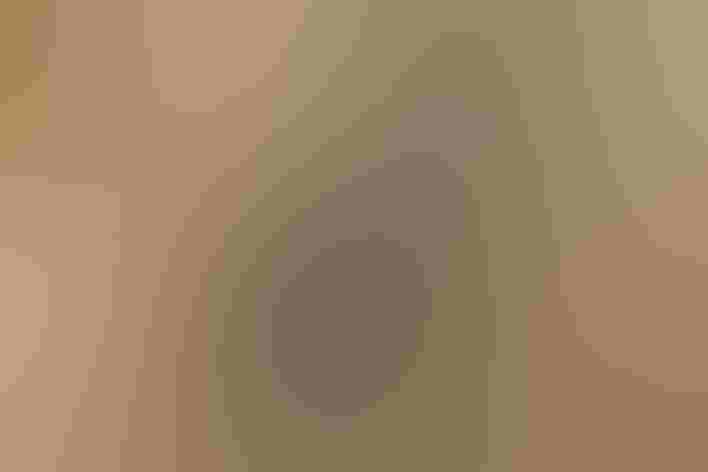Green Kingfisher
At a Glance
This little kingfisher seems oddly proportioned, rather like a sparrow with the bill of a heron. Living along streams and rivers near the Mexican border, it is often overlooked, because it tends to perch low among vegetation near the water; its sharp ticking callnotes may give it away. When moving up or downstream, the Green Kingfisher flies fast, with quick wingbeats, very low over the water.
All bird guide text and rangemaps adapted from Lives of North American Birds by Kenn Kaufman© 1996, used by permission of Houghton Mifflin Harcourt Publishing Company. All rights reserved.
Category
Kingfishers, Perching Birds
IUCN Status
Least Concern
Habitat
Arroyos and Canyons, Freshwater Wetlands, Lakes, Ponds, and Rivers
Region
Southwest, Texas
Behavior
Direct Flight
Population
20.000.000
Range & Identification
Migration & Range Maps
Permanent resident. Sometimes wanders slightly north of range.
Description
8" (20 cm). Much smaller than Belted Kingfisher, with an outsized bill (like a sparrow with a heron's beak). Darker above, with less obvious crest than other kingfishers. White outer tail feathers are obvious in flight.
Size
About the size of a Robin, About the size of a Sparrow
Color
Green, Orange, Red, White
Wing Shape
Pointed, Tapered
Tail Shape
Rounded, Square-tipped
Songs and Calls
An insect-like buzz; also low clicking notes.
Call Pattern
Flat
Call Type
Buzz, Chatter, Rattle
Habitat
Rivers, streams. Always found near water, but sometimes near very small streams with only intermittent pools. Also around edges of ponds and larger rivers. Favors areas where there is dense low growth on the banks, providing low perches close to the water.
Sign up for Audubon's newsletter to learn more about birds like the Green Kingfisher
Behavior
Eggs
3-6, usually 5. White. Incubation is by both parents, 19-21 days; female incubates at night, male part of day.
Young
Fed by both parents. Young leave nest about 22-26 days after hatching, may be fed by parents for several days thereafter.
Feeding Behavior
Forages mostly by perching low, typically on an overhanging branch or root 3-6' above the water, sometimes on a rock in mid-stream, watching for small fish swimming close to the surface. When prey is spotted, bird flies down and plunges into water headfirst to take fish in its bill. Seldom hovers before diving.
Diet
Small fish. Feeds on minnows and other small fish, mostly those about 1-2" long. May also take some aquatic insects.
Nesting
Nesting pair defends territory along stream, maintaining good distance from other pairs. Nest site is in burrow in vertical dirt bank near water. Burrow (probably excavated by both sexes) is usually 2-3' long, 5-8' above the water level, and no more than about 2" in diameter. The entrance to the burrow is usually hidden by overhanging vegetation or roots (in other kingfishers, entrance is usually exposed). At the end of the burrow is a slightly enlarged nest chamber, usually with no nest material added.
Conservation
Conservation Status
May have declined in parts of Texas with loss of streamside habitat. Recently has begun nesting locally in southern Arizona, spreading north from adjacent Mexico.
Climate Threats Facing the Green Kingfisher
Choose a temperature scenario below to see which threats will affect this species as warming increases. The same climate change-driven threats that put birds at risk will affect other wildlife and people, too.





